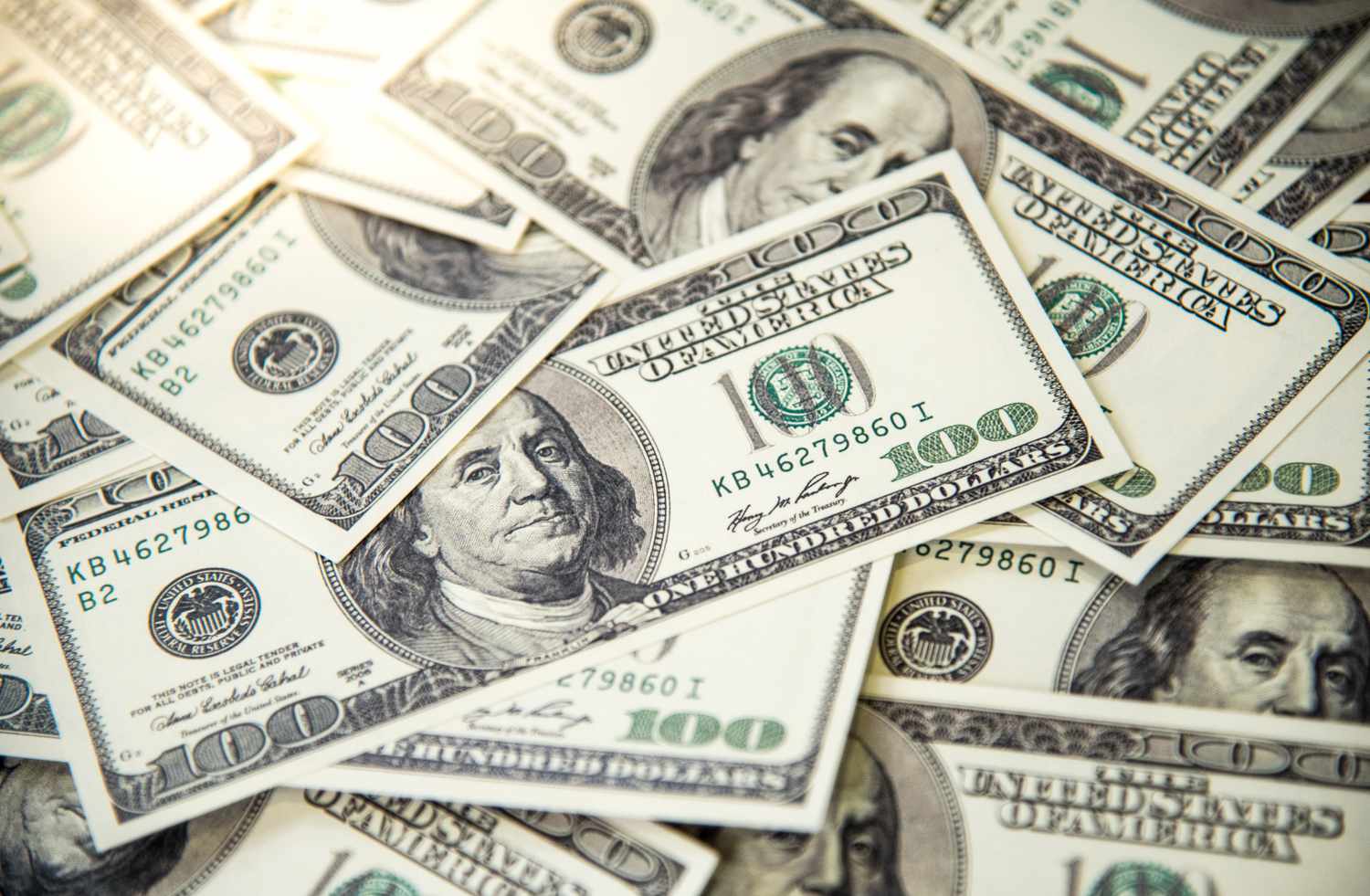Bruce (Australia), Oct 1 – Despite the chatter about its decline, the US dollar is far from losing its crown as king of the foreign exchange (forex) market. In fact, the latest data proves it’s still very much the heavyweight champion of global finance.
According to fresh figures released by the Bank for International Settlements (BIS), daily global forex trading surged to a staggering USD 9.6 trillion in April. To put that into perspective, daily global trade in goods and services averages just USD 0.1 trillion — showing that 99% of forex activity is unrelated to physical goods crossing borders. Instead, it’s fueled by hedging, speculation, and sometimes, outright gambling.
April’s spike was particularly intense. Political tremors — like former President Donald Trump’s “liberation day” tariffs — shook up markets, leading to a 28% jump in trading volumes compared to April 2022. As uncertainty spread, traders rushed to protect themselves or make a quick buck from currency swings.
And through it all, the US dollar remained unshaken, involved in 89% of all currency trades. The euro came second at 29%, followed by the yen (17%), the British pound (10%), and the fast-rising Chinese renminbi at 8.5%. Surprisingly, the Australian dollar — despite Australia’s smaller economy — came in seventh, being used in 6% of trades, just behind the Swiss franc.
Most forex trading occurs in just four cities: London, New York, Singapore, and Hong Kong — underlining the highly concentrated nature of global finance.
While central bank reserves tell a slightly different story — with US dollar holdings falling to 58% (down from 65% in 2016) — the dollar’s use in real-world invoicing still holds strong. Both the US dollar and euro are each used in about 40% of global trade deals. In contrast, the renminbi is used in just 2%.
The BRICS nations — Brazil, Russia, India, China, South Africa, and now other new entrants — have loudly advocated for de-dollarization. But real change in dominant currencies tends to come slowly, shaped by trust, convenience, and deep-rooted financial networks.
Even when Britain’s economy faded in the mid-20th century, the pound remained globally influential for decades. It’s a matter of habit and practicality. Most global traders still choose to move money through US dollars — not because they have to, but because it’s easier, faster, and more liquid.
And is all this currency trading good or bad?
Well, it depends. When traders “buy low and sell high,” they can help stabilize markets. But when they follow trends blindly — assuming today’s rise will continue tomorrow — they can fuel dangerous bubbles.
Ideas like a “Tobin tax” — a small fee on forex trades to reduce speculation — have been floated but never adopted, mostly because no one wants to blink first. Without global cooperation, it would only shift trading to more lenient markets. And with pro-market voices like Trump in power again, such reforms feel even more unlikely.
So, what does all this mean for everyday people?
It’s easy to feel disconnected from these trillion-dollar transactions. But currencies shape everything — from the price of your coffee to the cost of international tuition, from interest rates on your loans to the value of your country’s savings.
And as long as the US dollar stays dominant, America holds the advantage — borrowing cheaper, influencing global markets faster, and commanding financial respect.
But history reminds us: even the strongest empires don’t last forever.
Whether the next big shift comes in 5 years or 50, it’s always wise to watch the money — because money always tells the real story.




